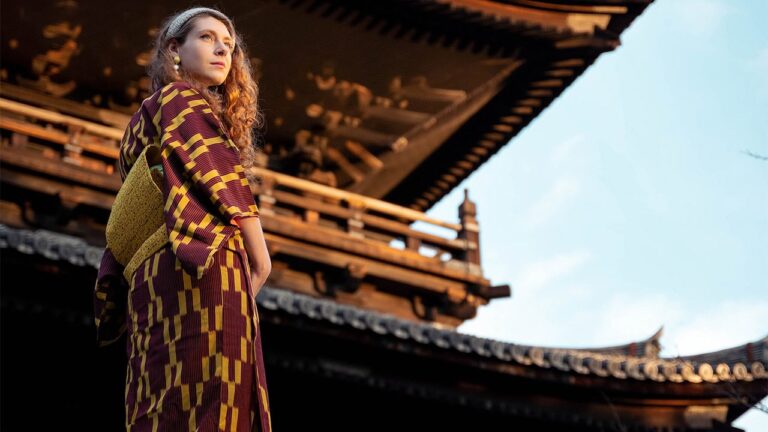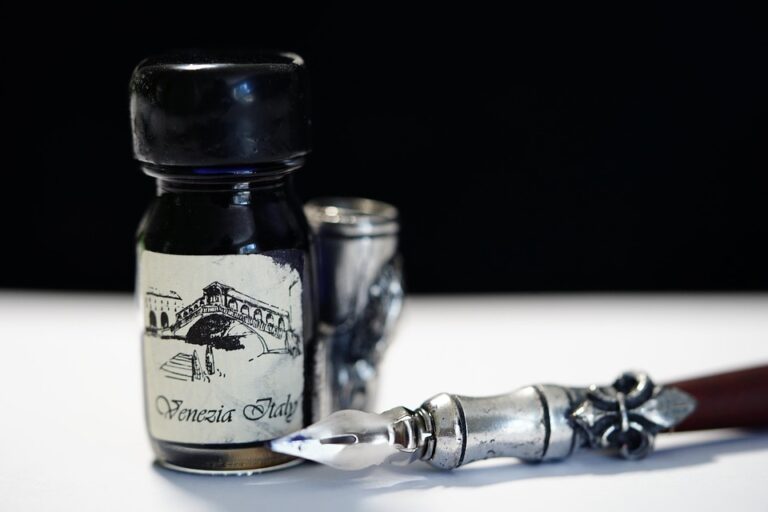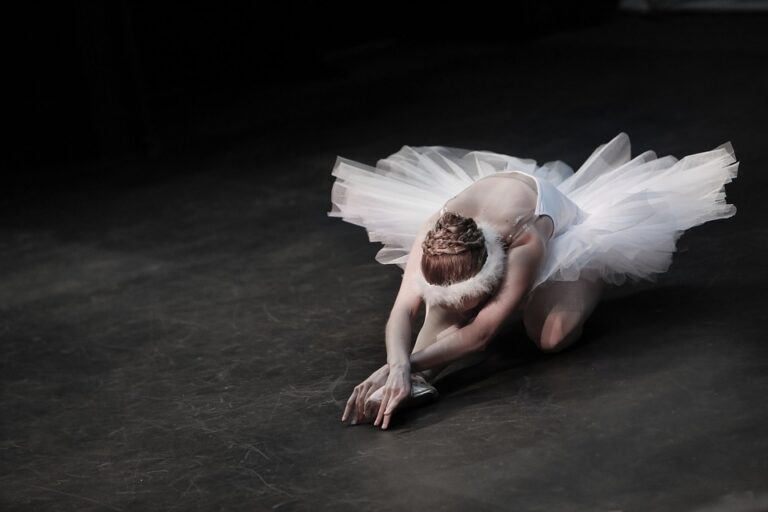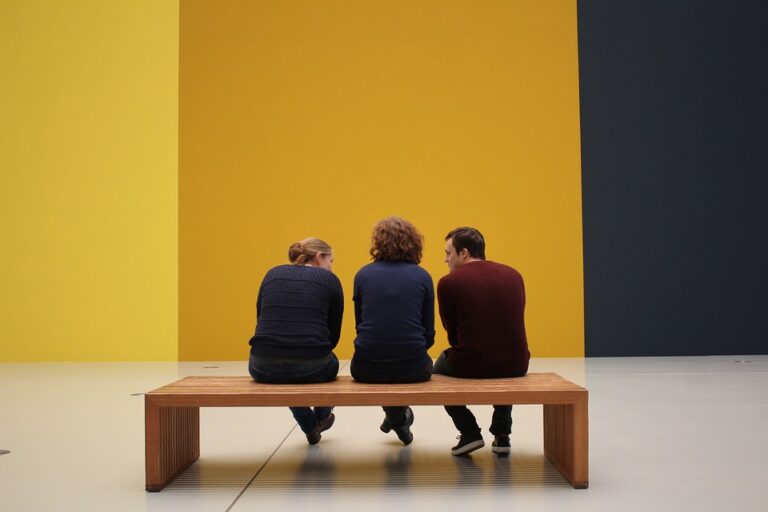Evolution of Portrait Painting: A Journey Through Time
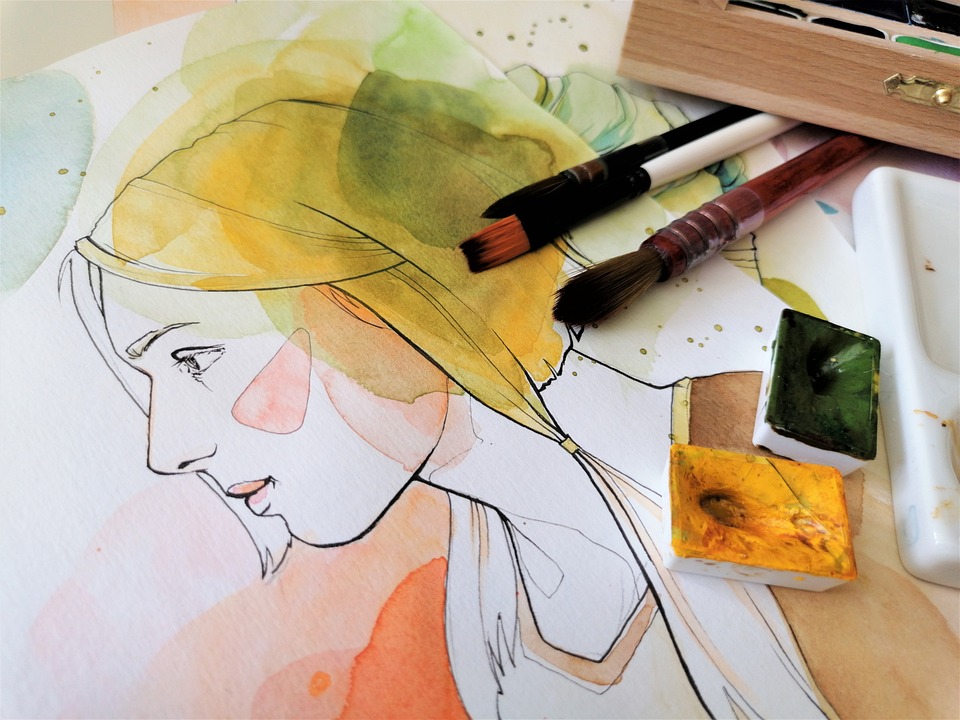
Portrait painting, an art form that captures the likeness, personality, and even the mood of a person, has been a significant part of human culture for centuries. From the earliest depictions of rulers to the modern-day selfie, the evolution of portrait painting reflects not only changes in artistic techniques but also shifts in societal values and human self-perception.
This journey through time uncovers the fascinating story of how portrait painting has developed across different eras and cultures.
Early Beginnings: The Ancient World
Portrait painting can trace its origins back to ancient civilizations. In Ancient Egypt, portraits were not just an artistic endeavor but a spiritual one. The Egyptians believed that a well-crafted image could ensure the deceased’s soul had a place to reside.
These portraits, often found in tombs, were more symbolic than realistic, emphasizing an idealized version of the person.
Similarly, in Ancient Rome, portrait painting served a purpose beyond mere representation. Busts and paintings were created to honor emperors and important figures, reflecting their status and achievements.
Unlike the Egyptians, Romans sought to capture a more realistic likeness, including physical imperfections, which marked a significant step in the evolution of portrait painting.
The Renaissance: A Rebirth of Realism
The Renaissance period, spanning the 14th to the 17th centuries, marked a turning point in the history of portrait painting. With a renewed interest in the individual and humanism, artists began to focus on realism and the intricate details of the human form.
This era saw the emergence of some of the most renowned portrait artists, such as Leonardo da Vinci and Raphael, who revolutionized techniques and composition.
The introduction of oil paints allowed for greater depth and detail, enabling artists to create lifelike representations. The use of light and shadow, known as chiaroscuro, became a defining characteristic of Renaissance portraits, adding a dramatic and three-dimensional quality to their work.
Baroque and Rococo: Drama and Elegance
Following the Renaissance, the Baroque period introduced a new level of drama to portrait painting. Characterized by bold contrasts and dynamic compositions, Baroque portraits often captured the emotional intensity of the subject.
Artists like Rembrandt and Caravaggio became masters of this style, using light to enhance the emotional depth of their portraits.
The Rococo period, which followed Baroque, shifted towards lighter and more ornate compositions. Portraits from this era often depicted subjects in lavish settings, emphasizing elegance and sophistication.
The playful and decorative style of Rococo reflected the changing tastes of the European aristocracy during the 18th century.
19th Century: Romanticism to Impressionism
The 19th century witnessed a series of rapid changes in art movements, each leaving its mark on portrait painting. Romanticism brought a focus on emotion and individualism, with artists like Francisco Goya capturing the psychological depth of their subjects.
During this time, portraits began to convey not just physical likeness but also the inner world of the subject.
The latter half of the century saw the rise of Impressionism, which broke away from traditional techniques and embraced a more spontaneous and fluid approach.
Artists like Édouard Manet and Claude Monet captured the essence of their subjects through loose brushwork and vibrant colors, emphasizing the play of light and atmosphere over precise detail.
20th Century: Modernism and Beyond
The 20th century heralded a new era of experimentation in portrait painting. With movements like Cubism, Fauvism, and Surrealism, artists began to deconstruct the human form and explore abstract representations.
Pablo Picasso’s portraits, for instance, challenged traditional perspectives, offering multiple viewpoints within a single image.
This century also saw the rise of photography, which changed the landscape of portraiture. While some feared that photography would render portrait painting obsolete, it instead offered new possibilities.
Portrait painters began to experiment with composition, color, and form, often using photography as a reference or inspiration.
The Digital Age: Portraits in the 21st Century
In the 21st century, portrait painting continues to evolve alongside technological advancements. Digital tools and software have opened new avenues for artists, allowing for greater experimentation and accessibility.
The rise of social media and digital platforms has also democratized portraiture, with the “selfie” becoming a ubiquitous form of self-expression.
Despite these changes, traditional portrait painting remains a respected and valued art form. Artists today continue to explore the human condition through portraits, pushing the boundaries of what is possible while honoring the rich history of the genre.
Conclusion: The Timeless Appeal of Portrait Painting
The evolution of portrait painting is a testament to the enduring fascination with the human face and the stories it can tell. From ancient depictions of power and divinity to contemporary expressions of identity and emotion, portrait painting remains a vital part of our cultural heritage.
Its ability to capture the essence of a person, transcending time and place, ensures its continued relevance in the ever-changing landscape of art.
As we look to the future, it is clear that portrait painting will continue to adapt and thrive, reflecting both the technological innovations and the timeless human desire to understand and represent ourselves.

